Discovering Creative Inspiration with Rare Pastimes
Why Rare Pastimes Unlock Fresh Ideas
Novelty Interrupts Your Autopilot
Trying cyanotype printing or marquetry shifts familiar patterns. You meet new tools, new smells, new gestures—conditions that jolt perception awake. Novelty breaks habitual shortcuts, inviting questions, experiments, and story-worthy accidents. Tell us one unusual tool that recently surprised you.
Constraints Invite Playful Problem-Solving
Most rare hobbies limit you on purpose: few pigments, simple mechanisms, tiny formats. Those boundaries spark ingenuity, nudging you to combine steps, repurpose scraps, and embrace elegant solutions. Comment with a constraint you love and how it unlocked an unexpected idea.
Mindful Slowness Creates Room for Insight
Slow crafts like kintsugi or hand-binding books establish a contemplative pace. As your hands repeat careful moves, scattered thoughts settle, and quieter ideas surface. Embrace pauses as creative partners, and subscribe for weekly rituals that protect reflective, idea-friendly moments.
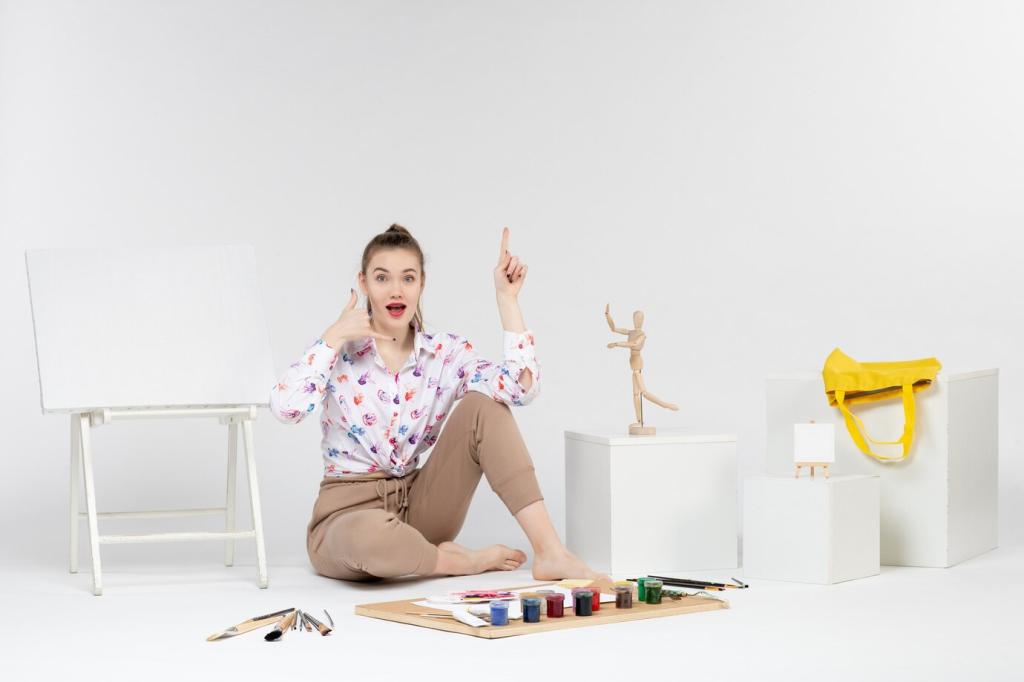
Draw a quick curiosity map: three circles labeled Materials, Motions, and Meanings. Fill them with what you love—paper textures, winding springs, heritage repair. Where they overlap suggests a promising hobby. Share your map’s overlap in the comments to inspire another reader.
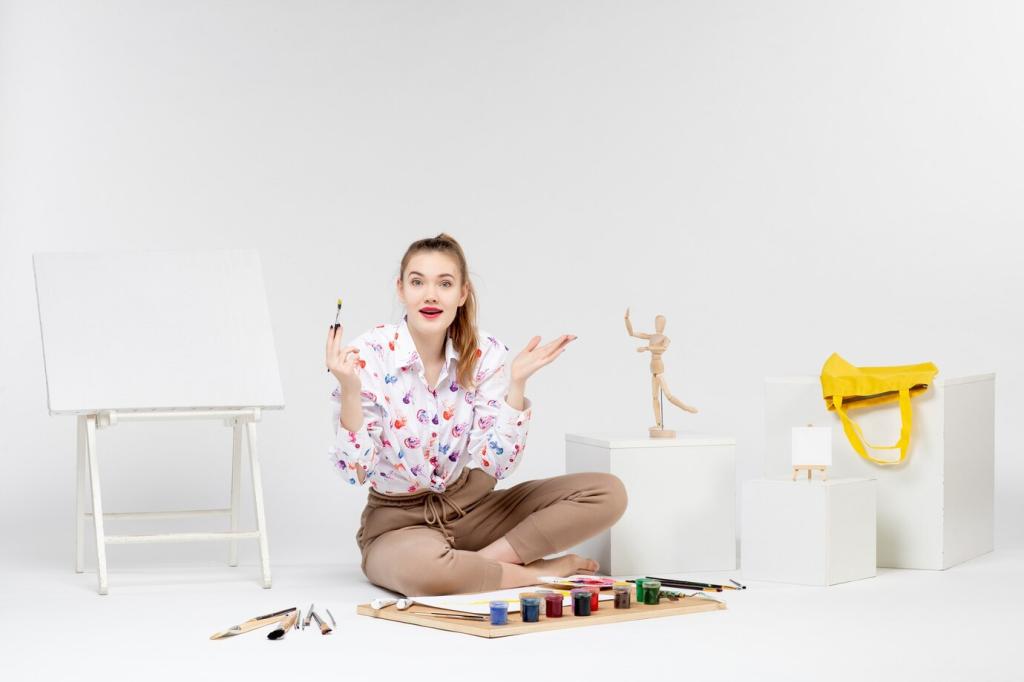
Some pastimes need daylight or ventilation; others fit a café table. Decide what’s realistic: thirty quiet minutes nightly or a weekend burst. Choose portable, low-mess options first. Post your constraints, and we’ll suggest ideas tailored to your environment in future posts.
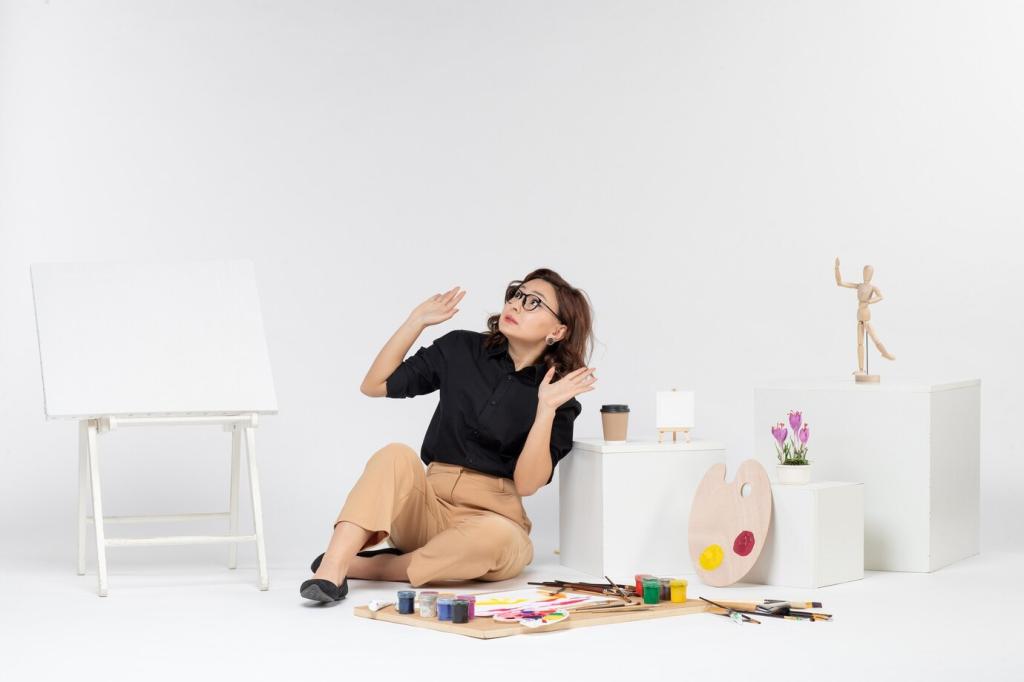
Begin with cyanotype sun prints, quilling curls, or spoon whittling. Each needs minimal tools and offers quick wins. Cyanotypes date to 1842 via Sir John Herschel—fun history with instant results. Subscribe for a starter checklist and safety tips delivered to your inbox.
Spotlight Stories: Sparks from Unusual Hobbies
A Fern Print That Named a Brand
A creator tested cyanotype with gathered ferns, noticing delicate veins looked like rivers. That visual metaphor became a naming cue for their eco brand, guiding logo lines and packaging textures. Share a moment when a hobby image quietly influenced a big decision.
Kintsugi Turned Flaws into Features
Practicing kintsugi, a maker repaired a cracked bowl with golden lacquer and reimagined product defects as character. Their next prototype showcased seams as intentional contours. Comment if you’ve reframed a setback after a hands-on repair experience taught you to celebrate imperfections.
Automata That Taught Cause and Effect
Building a simple automaton with cams and levers, another creator learned timing, tolerance, and patience. Those lessons translated into smoother workshop flows and more playful product demos. If mechanisms fascinate you, subscribe for a beginner’s guide to motion with cardboard templates.

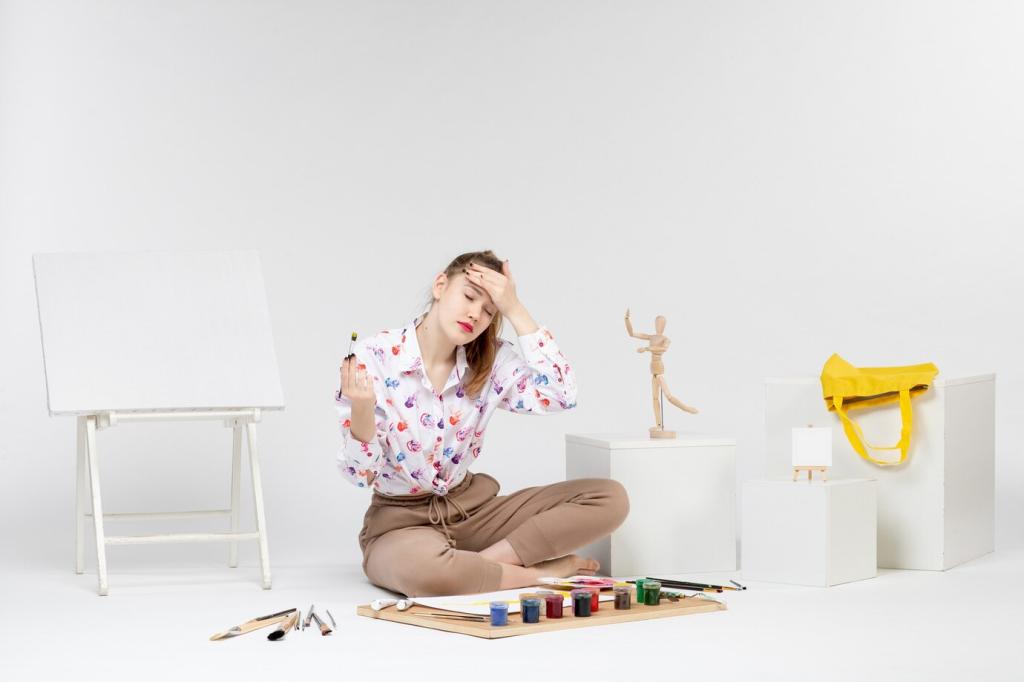
Turn Hobby Time into an Idea Engine
Jot discoveries as they happen: a pigment that blooms unexpectedly, a gear ratio that feels musical, a repair that reveals a story. Capture metaphors and questions too. Share one notebook page with us, and we’ll feature selections in an upcoming community roundup.
Turn Hobby Time into an Idea Engine
Once a week, play Borrow a Verb: take an action from your hobby—bind, mend, etch, weave—and apply it to a stuck problem. How might you mend a meeting or weave a narrative? Comment your favorite borrowed verb and the surprise it caused.
Invite friends to teach five-minute demos: quilling coils, cyanotype tips, simple marquetry veneers. Keep snacks simple and celebrate unfinished work. Post photos of your micro-fair and tell us what you learned; we’ll collect highlights for a subscriber-only inspiration gallery.

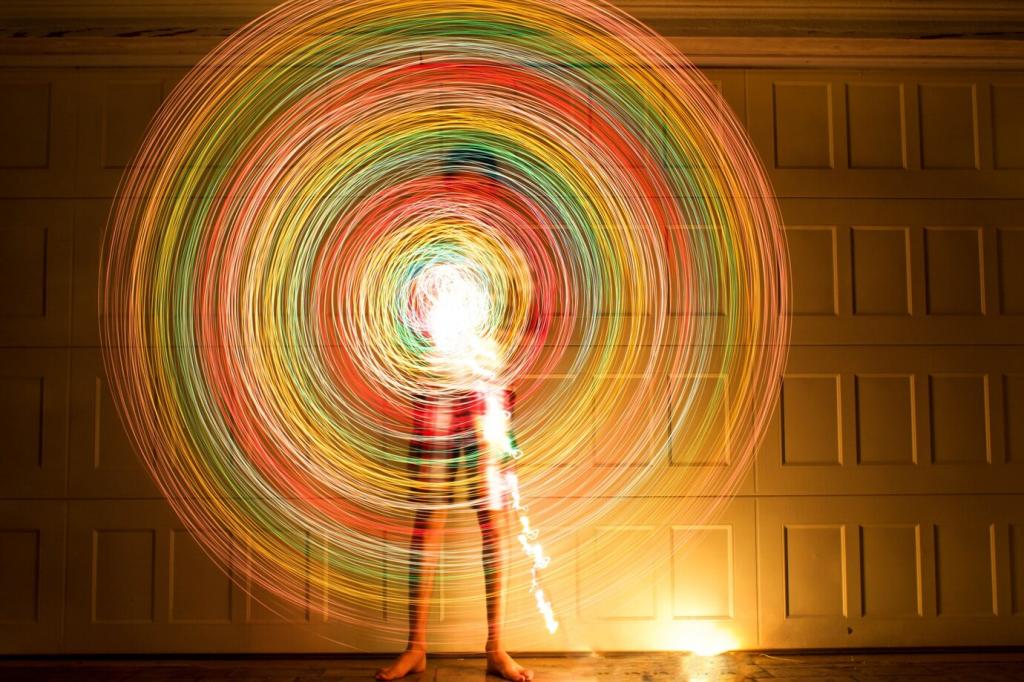
Design Rituals You Can Keep
Anchor your practice to existing habits: a fifteen-minute quilling warm-up with morning tea, or a Sunday cyanotype walk. Small rituals remove decision fatigue. Share your anchor ritual below so others can borrow it and build their own dependable routines.

Work with Seasons and Light
Lean into nature’s cycles: sun-rich months favor cyanotypes; long evenings suit bookbinding and whittling. Rotating focus prevents boredom and keeps tools fresh. Subscribe for seasonal project calendars tailored to daylight, weather, and material availability.
